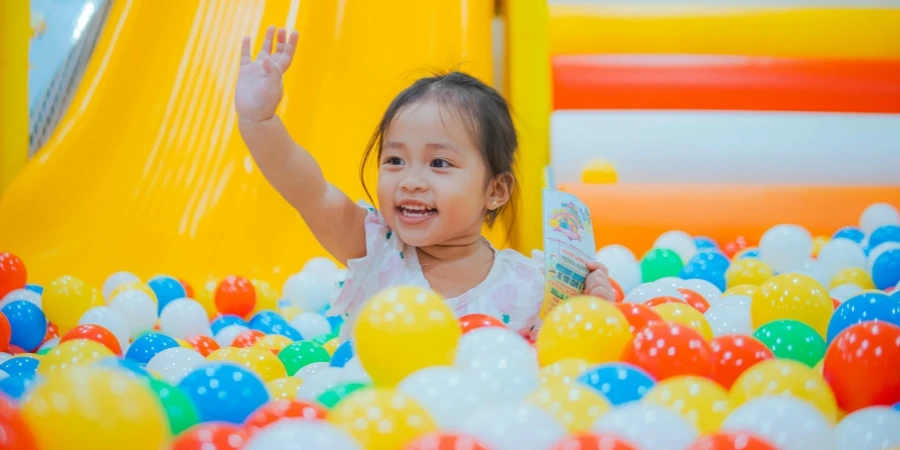Table of Contents
● Introduction
● Market overview: ball pools and inflatable pools on the rise
● Essential factors when selecting a ball pit for kids
● Top ball pool models and features: our expert picks
● Conclusion
Introduction
Ball pits have evolved from simple playtime favorites to essential developmental tools, offering children a safe space for sensory exploration, social interaction, and active play. With vibrant colors and soft, textured balls, these pits stimulate sight, touch, and coordination, making them ideal for a child’s growth. As urban living drives demand for compact, convenient recreational options, the market is filled with innovative ball pit designs that cater to varied age groups and developmental stages. Selecting the right ball pit means considering safety, durability, and features that maximize fun and learning, ensuring endless play opportunities for kids.
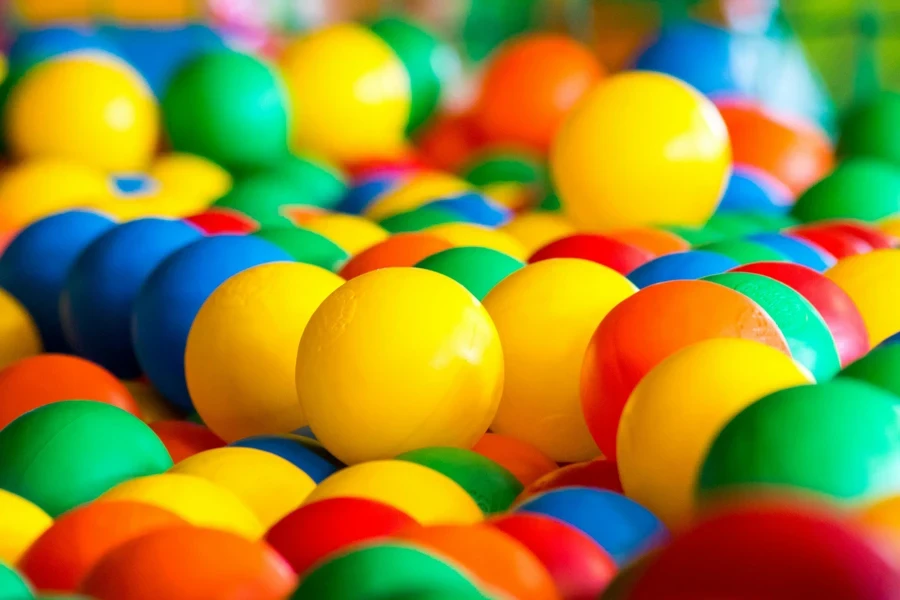
Market overview: ball pools and inflatable pools on the rise
The global market for inflatable pools, including ball pits, is experiencing notable growth, valued at approximately USD 2.36 billion in 2023. Projections estimate this market will reach USD 5.58 billion by 2033, with a compound annual growth rate (CAGR) of 9% from 2023 to 2033. North America, holding around 28% of the global share, leads this market due to high disposable incomes and strong consumer interest in backyard leisure products. Asia-Pacific is emerging as a dynamic region with increasing sales in countries like China and India, fueled by rapid urbanization and a growing middle class interested in affordable yet high-quality recreational products, according to Future Market Insights and Fact.MR.
Several consumer trends continue to fuel demand for ball pits and inflatable pools, emphasizing sensory play and eco-friendly materials driving this shift. For instance, sustainable materials and customizable shapes, such as round and oval models, are gaining traction to maximize use in limited spaces, especially popular in urban settings where 20-30% of new apartment spaces are reducing in size. Online sales channels also capture growing interest due to ease of delivery and increased personalization options, helping online channels grow at a CAGR of 7.1% from 2023 to 2033. Additionally, wellness-focused models with built-in hydrotherapy jets and massage functions appeal to an expanding wellness market; products in this category have seen a 15% increase in consumer demand in recent years, according to data from Fact.MR and Reanin.
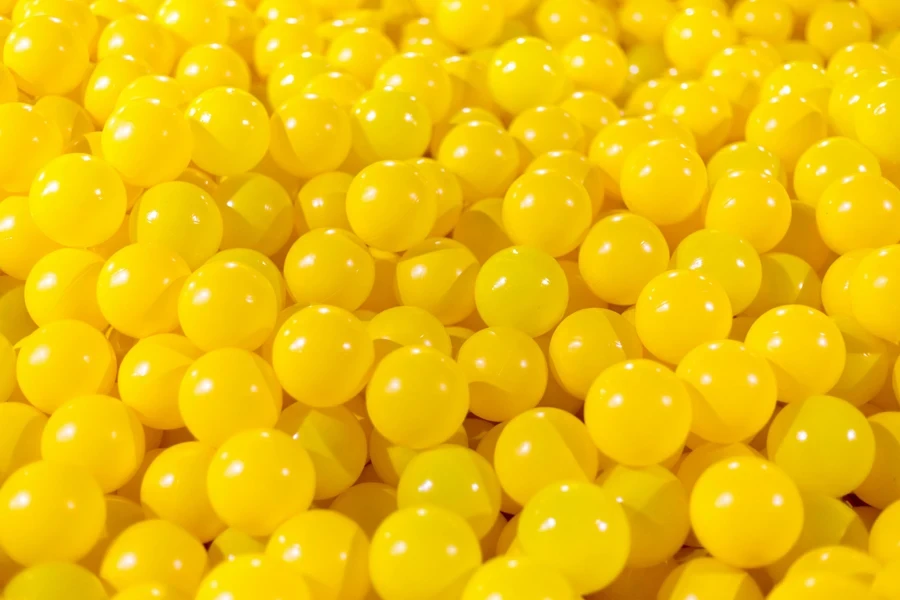
Essential factors when selecting a ball pit for kids
When selecting a ball pit for kids, several essential factors should guide the decision to ensure safety, engagement, and developmental value. Safety and durability are paramount, as younger children require sturdy construction and age-appropriate materials to prevent injuries. Foam-based ball pits are popular for their soft, protective walls and are suitable for toddlers who may lack balance. According to Nuby and Future Market Insights, ball pits made from PVC or similar resilient materials are often more durable for outdoor or rougher play. It’s essential to verify that the materials are free of harmful chemicals and meet safety standards, ensuring a non-toxic environment for children.
Size and shape considerations are crucial in selecting a ball pit that fits the space available while catering to children’s developmental needs. For younger toddlers, compact, shallow models with softer edges promote safe, interactive play, while older children may benefit from larger pits that offer more space for physical movement and group play. Oval and round designs are often preferred for smaller areas since they maximize space efficiency, according to Reanin. At the same time, larger, square, or rectangular pits provide more room for exploration, accommodating older children’s more active play styles.
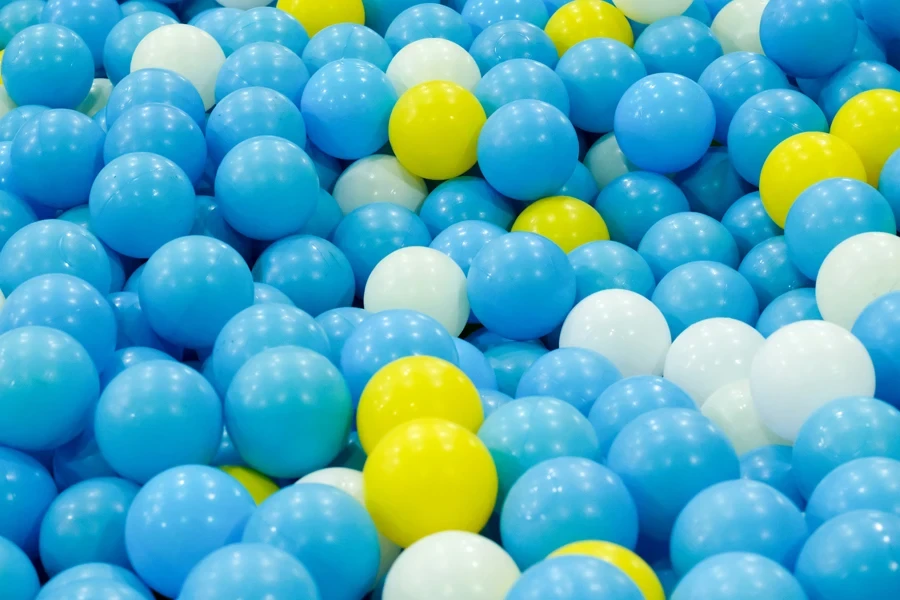
Setup, storage, and maintenance are also critical for busy families. Ball pits that can be easily assembled and disassembled are ideal for families with limited space, as they can be stored compactly when not in use. Inflatable models, for example, offer portability and are easy to deflate and store, making them suitable for families wishing to bring the ball pit outdoors or to different locations. However, due to potential punctures, inflatable models may require regular patching and maintenance. According to MomLifeHappyLife, options with separate, air-filled chambers provide extra stability and resilience against leaks.
Additional features to boost engagement, such as built-in toys, sensory textures, or themed designs, enhance the play experience and make the ball pit more interactive. Creative elements like basketball hoops, sensory textures, or lights keep children engaged and support fine motor skills, as noted by BabyStore.ae. For toddlers and young children, these features can increase the duration and quality of play. At the same time, themed designs like castles or animals foster imaginative play, promoting creativity and engagement across a wide age range.
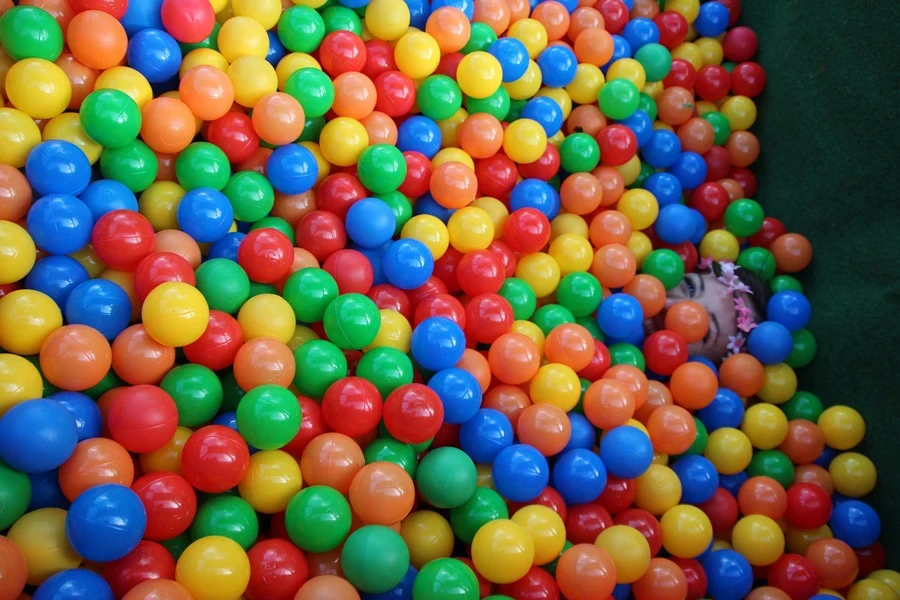
Top ball pool models and features: our expert picks
When choosing a ball pit model, matching features with children’s developmental stages is helpful. For toddlers (ages 1-3), compact and soft-sided ball pits made from foam or gentle, flexible materials are ideal, allowing for safe sensory exploration and grasping skills. According to Nuby, foam-based models with bright colors and varied textures stimulate visual and tactile senses, making them especially suitable for younger children. Lightweight, portable options are easy to transport and can be filled with colorful balls to encourage motor skills and hand-eye coordination.
For preschoolers (ages 4-6), mid-sized ball tents and foam pits with added interactive elements, like built-in hoops or crawl tunnels, offer sensory play and physical engagement. According to BabyStore.ae, some popular mid-sized models are designed to engage children’s creativity and promote group play, often incorporating themes like castles or animals that encourage pretend play. Features like zippered openings or attached tunnels can increase engagement and make these models versatile for indoor and outdoor use.
For older kids (ages 7+), larger, more durable ball pits allow for active play and more challenging physical activities. These models are often constructed with reinforced materials like PVC to handle more vigorous movement and accommodate multiple children. According to MomLifeHappyLife, older children benefit from models that incorporate structures for climbing or include features like basketball hoops, which expand the range of play and support more active gross motor development. Some options even include sensory additions, such as textured surfaces or glow-in-the-dark balls, to engage older children.
DIY options and customizable kits offer flexibility for families who prefer to create their ball pit setups. According to MomLifeHappyLife, a popular DIY method uses an inflatable kiddie pool filled with balls, allowing families to control the size, color scheme, and location. Customizable kits with interchangeable balls or additional structures, like tunnels or tents, provide further personalization, making it easy for families to tailor the play space to their child’s evolving needs.

Conclusion
For each age group, choosing a ball pit that aligns with children’s developmental needs enhances safety and engagement. Toddlers benefit from soft, compact pits with bright colors and gentle materials that promote sensory play. At the same time, preschoolers enjoy mid-sized models with interactive add-ons to stimulate imagination and cooperative play. Larger, more durable pits support active play for older kids, offering features like basketball hoops and textured elements to keep them engaged. Families seeking flexibility can opt for DIY setups or customizable kits, allowing them to tailor the play environment as their child’s interests evolve.
